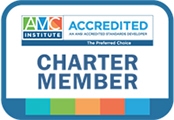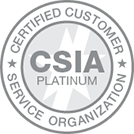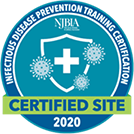When you think of your association’s content strategy do you draw a blank? You may think that sharing association, industry, and member news is enough of a strategy. However, providing members with valuable, useful content should be part of every association’s strategy for marketing, reputation management, and member acquisition and retention.

The Basics of Content Strategy
Content strategy transcends a single deliverable; it’s an actual process that evolves over time. Sounds complicated, right? Not at all! Content strategy is mostly about taking time to think about what you’re producing, why you’re producing it, and whether it gets you any closer to achieving your association’s goals. The first steps to developing a content strategy include:
Understand Your Audience. Are you working with academics interested in academic information or professionals looking for trade information to advance their careers? What are people looking for from your association, and why do they come to your association for it? Knowing who your readers are will help you develop relevant, useful content that readers will value.
Learn About the Competition. It’s alright to find inspiration (or maybe poach really great ideas) from the competition. What are they doing well? What are people responding to? How do you want to be different? Also, consider looking outside of your industry for content ideas; you never know where your next great idea will come from!
Identify Your Goals. Do you hope to elevate your association’s reputation or help improve its perception in the industry? Do you want to be seen as an industry leader or go-to resource for members? Identify what your association’s and members’ needs are to define a strategic direction for your content.
Determine the Tools. Do you need to make more presentations at industry events? Do you need to produce more educational content for members? The tools you use to accomplish your goals will help you decide what kinds of content you should focus on creating and what the message of that content should be.
Decide on the Source for Content. Readers know when they’re getting quality content, so it’s important to have credible, reliable sources producing your content. Consider available resources (members, volunteer leadership, or staff) and adjust your goals and strategy as needed to ensure that the content you’re creating will be useful and valuable to members.




